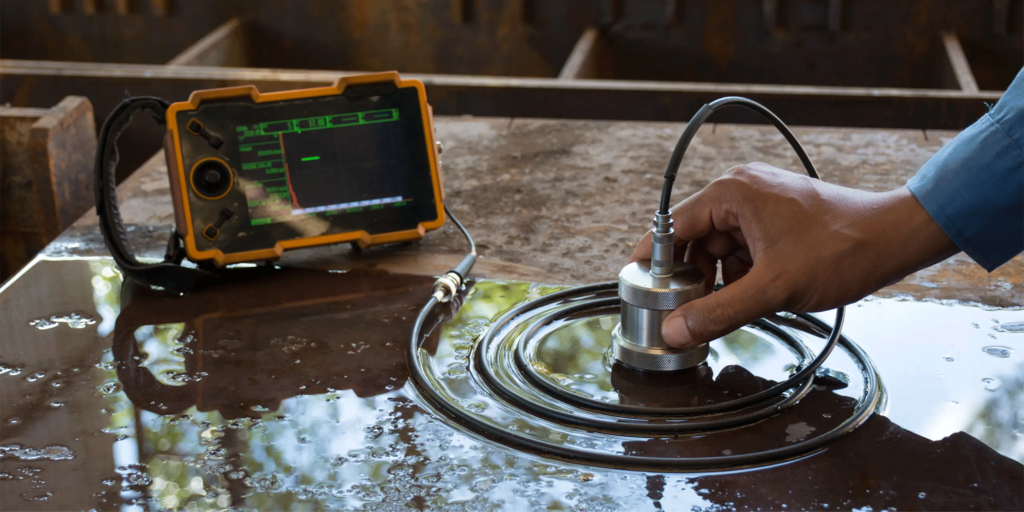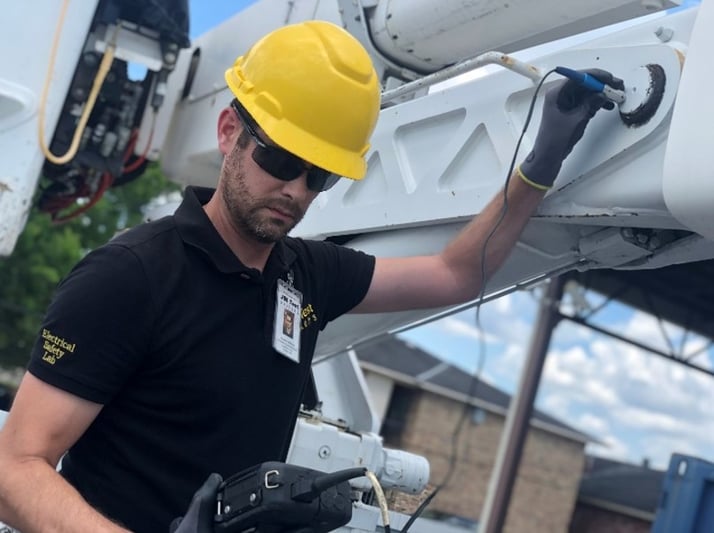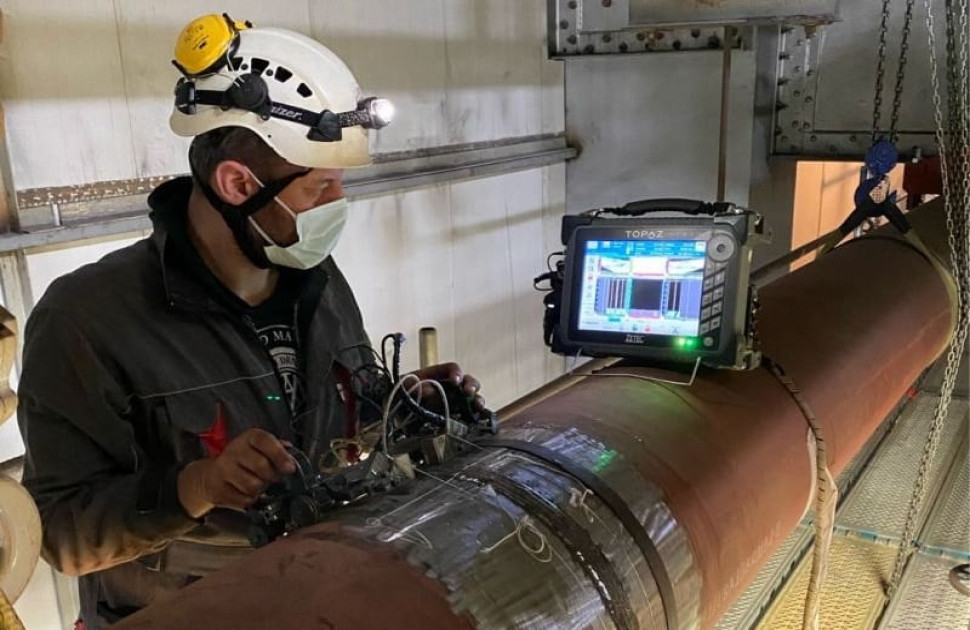The integration of the Internet of Things (IoT) into various industries has revolutionized the way we conduct inspections. However, with these advancements come significant IoT synchronization challenges in inspection. As industries increasingly rely on IoT devices for real-time data, ensuring seamless synchronization becomes paramount. This article delves into the core challenges faced during IoT synchronization in inspection processes, offering insights valuable to Industry QA Professionals.

Understanding IoT in Inspection
IoT technology has transformed traditional inspection methods by providing real-time monitoring and data collection capabilities. These systems consist of interconnected devices that communicate with each other to enhance inspection accuracy and efficiency. However, the synchronization of these devices presents unique challenges that need addressing.
The Importance of Synchronization
Synchronization ensures that all IoT devices operate in harmony, sharing data seamlessly. Without proper synchronization, data discrepancies can occur, leading to inaccurate inspection results. This is particularly critical in industries such as manufacturing and construction, where precision is essential.
Real-Time Data Challenges
One of the primary challenges in IoT synchronization is managing real-time data. IoT devices generate vast amounts of data, and synchronizing this data across multiple devices in real-time is complex. Network latency, bandwidth limitations, and device compatibility are just a few hurdles that need to be overcome.
Network Latency Issues
Network latency can significantly impact the synchronization of IoT devices. Delays in data transmission can result in outdated information being used for inspections, leading to potential errors. Implementing robust network infrastructure and protocols can help mitigate these issues.
Device Compatibility
With a wide array of IoT devices available, ensuring compatibility is another challenge. Different devices may operate on various protocols, making synchronization difficult. Standardizing protocols or using middleware solutions can aid in bridging these compatibility gaps.
Security Concerns
Security is a major concern in IoT synchronization. As devices communicate and share sensitive data, ensuring data integrity and protection from cyber threats is crucial. Implementing strong encryption and authentication measures is vital to safeguarding inspection data.
Data Integrity
Maintaining data integrity during synchronization is essential. Any data loss or corruption can compromise inspection results. Regular audits and data validation techniques can help ensure data remains intact and reliable.
Cybersecurity Threats
IoT devices are often targets for cyber-attacks due to their connectivity. Ensuring secure communication channels and regular software updates can reduce vulnerabilities and protect against unauthorized access.
Solutions to Synchronization Challenges
Addressing IoT synchronization challenges in inspection requires a multi-faceted approach. Here are some strategies to consider:
Implementing Standard Protocols
Adopting standard communication protocols, such as MQTT or CoAP, can enhance compatibility and simplify device integration. These protocols are designed for IoT environments and ensure efficient data exchange.
Utilizing Edge Computing
Edge computing reduces the reliance on centralized data centers by processing data closer to the source. This minimizes latency and enhances real-time data processing, leading to improved synchronization.
Regular Software Updates
Keeping IoT devices updated with the latest software patches is crucial for maintaining security and compatibility. Regular updates ensure devices can communicate effectively and stay protected against emerging threats.
The Role of AI in Synchronization
Artificial Intelligence (AI) plays a significant role in optimizing IoT synchronization. AI algorithms can analyze data patterns, predict synchronization issues, and automate corrective actions, enhancing overall inspection accuracy.
Predictive Maintenance
AI-driven predictive maintenance can identify potential synchronization failures before they occur. By analyzing data trends, AI can schedule maintenance activities, reducing downtime and improving efficiency.
Automated Data Correction
AI algorithms can automatically correct data discrepancies during synchronization. This ensures that inspection data remains accurate and reliable, even in the event of minor synchronization errors.
Case Studies: Successful Implementations
Several industries have successfully addressed IoT synchronization challenges. For instance, [Strobox](https://strobox.ai/synchronization-of-optical-inspection-devices/) has implemented advanced synchronization techniques in optical inspection devices, improving accuracy and efficiency. Additionally, their [calibration tests](https://strobox.ai/synchronization-during-calibration-tests/) highlight the importance of maintaining synchronization during critical inspection processes.
Manufacturing Industry
In the manufacturing sector, companies have leveraged IoT synchronization to streamline assembly line inspections. By ensuring real-time data exchange, manufacturers can detect defects early and enhance product quality.
Construction Sector
The construction industry has also benefited from IoT synchronization. By synchronizing data from various sensors on-site, construction managers can monitor project progress and safety in real-time, leading to improved decision-making.
Future Trends in IoT Synchronization
As IoT technology continues to evolve, new trends are emerging in synchronization. The integration of 5G networks promises to enhance data transfer speeds, reducing latency and further improving synchronization capabilities.
Blockchain for Security
Blockchain technology offers a decentralized approach to securing IoT data. By using blockchain for data verification and storage, industries can enhance data integrity and prevent unauthorized access.
Enhanced AI Algorithms
Future advancements in AI will further optimize synchronization processes. AI algorithms will become more sophisticated, enabling autonomous synchronization and reducing the need for manual intervention.
Conclusion
Addressing IoT synchronization challenges in inspection is critical for industries seeking to leverage the full potential of IoT technology. By implementing standard protocols, utilizing edge computing, and harnessing AI, industries can overcome these challenges and enhance inspection accuracy and efficiency. As technology continues to advance, staying informed and adopting innovative solutions will be key to successful IoT synchronization.

FAQs
What are the main challenges of IoT synchronization?
The main challenges include real-time data management, network latency, device compatibility, and security concerns.
How can AI improve IoT synchronization?
AI can optimize synchronization by predicting issues, automating data correction, and enabling predictive maintenance.
Why is synchronization important in IoT inspections?
Synchronization ensures accurate and reliable data exchange, which is crucial for precise inspection results.
This article contains affiliate links. We may earn a commission at no extra cost to you.
